Peking Univerisity, February 10, 2023: Journey to the West, which was published in the 16
th century, is often regarded as one of the greatest Classic Chinese novels. Set in the Tang dynasty (618-907), the story revolves around monk Xuanzang’s long and arduous journey to the “Western Regions” (now central Asia and India) to obtain the Buddhist sacred texts. It is vividly told with the author’s own imaginative touch: elements of Chinese folk tales and mythology are elegantly weaved into the central plotline to highlight the perilous and challenging journey of the monk (characterized as Tang Sanzang) and his three disciples. Among which, Sun Wukong, better known as the Monkey King in the English-speaking world, is nowadays regarded as one of the most influential characters of Chinese literature.
At Peking University, Professor Chen Jun from the School of Arts offered the course “
Journey to the West and Chinese Culture” as a public elective to over 80 students across 20 faculties last semester. Through studying different adaptations of the novel, the course explored the cultural contexts of various periods in history.
Students were also given a chance to showcase their talents through a creative assignment. They were encouraged to create artwork, products, literature, maps and anything relevant to
Journey to the West, as well as the cultural significance it carries. Ren Haixin created four posters for the course. The posters, albeit of different styles, livelily portrayed the four main characters. One thing in common shared by all four was the use of clouds and mountains to highlight the many challenges Tang Sanzang and his disciples had to overcome on their journey westward.
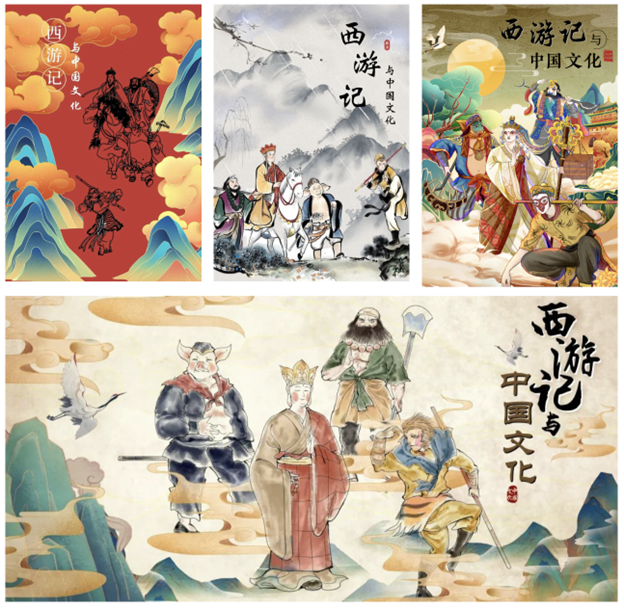 Course posters created by Ren Haixin
Course posters created by Ren Haixin
Inspired by Gudam figures of characters from
Romance of the Three Kingdoms, another classic Chinese novel, Guan Tianyu imagined the Monkey King as a “mecha” and created his very own Sun Wukong figure.
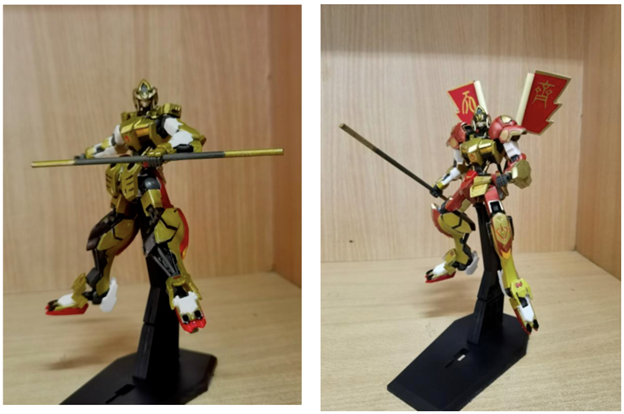 Sun Wukong Gundam figures created by Guan Tianyu
Sun Wukong Gundam figures created by Guan Tianyu
Meanwhile, Shang Haobin borrowed locations and characters from the novel to create an interactive shooting game. Zhou Zongyan also paid tribute to Tang Sanzang’s legendary journey with a computer game.
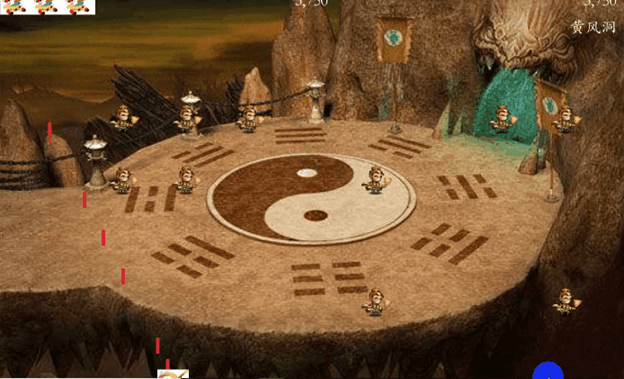
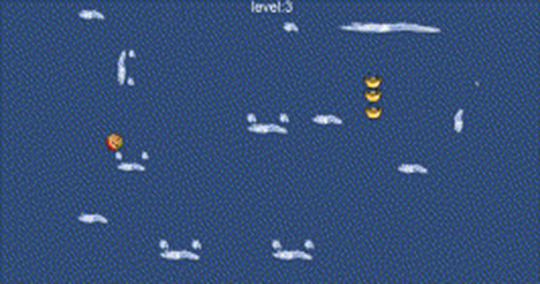
Computer games created by Shang Haobin (upper) and Zhou Zongyan
Students also took the opportunity to visualize the journey of Tan Sanzang and his disciples using data analysis. Li Mingxuan was interested in the portrayal of various geographic locations in the novel. Using d3.js and Vue, he compared the map of Xuanzang’s route according to historical texts with the locations of the 81 trials encountered by Tang Sanzang as described in the novel. His interactive webpage depicted how people made sense of world geography in Xuanzang’s time, which took place more than 1,300 years ago.Students also took the opportunity to visualize the journey of Tan Sanzang and his disciples using data analysis. Li Mingxuan was interested in the portrayal of various geographic locations in the novel. Using d3.js and Vue, he compared the map of Xuanzang’s route according to historical texts with the locations of the 81 trials encountered by Tang Sanzang as described in the novel. His interactive webpage depicted how people made sense of world geography in Xuanzang’s time, which took place more than 1,300 years ago.
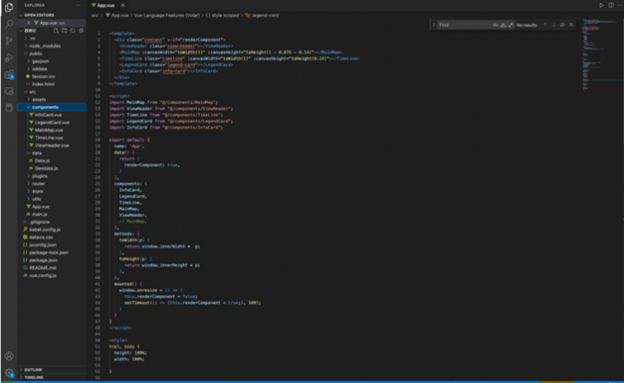
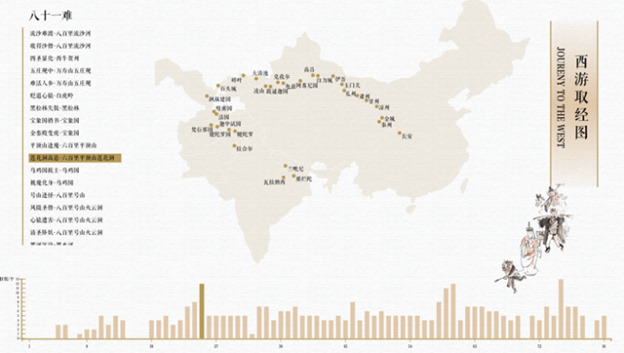 Interactive webpage by Li Mingxuan
Interactive webpage by Li Mingxuan
Many of the trials faced by Tang Sanzang and his disciples on their journey involved defeating demons and evil animal spirits. Another student Guo Yanjun did a comprehensive study of the deaths of major demons in the novel. Leveraging the power of statistics, Guo has found that far more female demons were killed compared to male demons. Guo thought this was proof of the misogynistic attitudes that permeated ancient Chinese society.
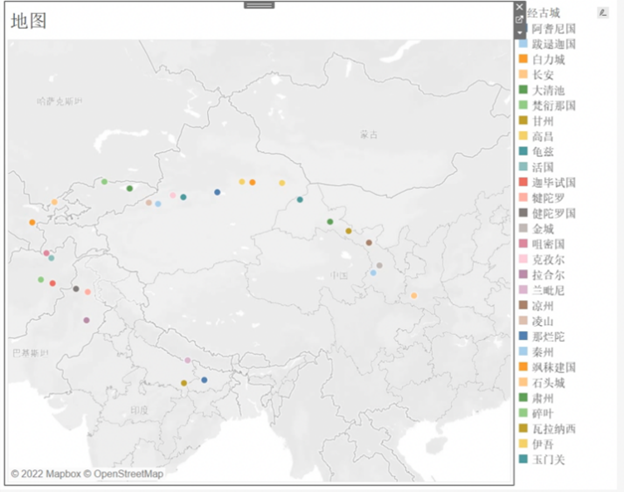 Guo Yanjun’s statistical analysis
Guo Yanjun’s statistical analysis
Meanwhile, students from the School of Art channeled their thoughts on
Journey to the West into the artistic form of dance performances. Students took inspiration from the love story between Joker and Zixia Fairy in the film
A Chinese Odyssey, a 1995 Hong Kong production loosely based on
Journey to the West, and choreographed a sensual and melancholic Latin dance.
The students’ work was not just aesthetically pleasing, they appeal to one’s taste buds too. Wang Anni found her baking talents useful for the course. She baked a fondant cake in the shape of Daode Tianzun’s gourd. In the novel, the Taoist deity Daode Tianzun used the gourd to store his elixirs. Wang used numerous ingredients, including chiffon cake, peach and citrus jelly, custard cream, peaches citrus ganache, citrus white chocolate mousse and strawberry powder as unique dye for her masterpiece.
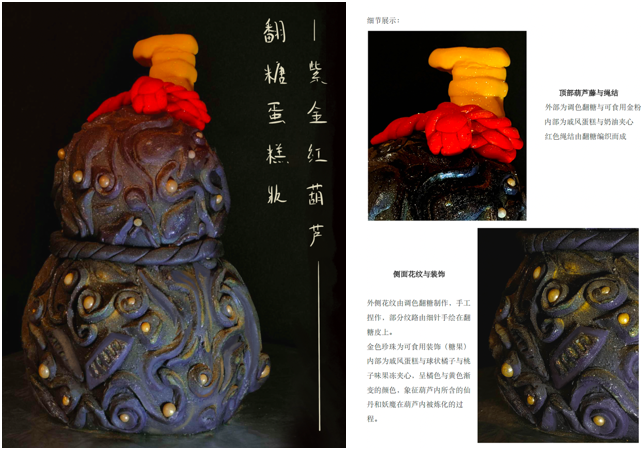 Wang Anni’s fondant cake
Wang Anni’s fondant cake
Students also incorporated the literary classic with their major fields of study. The novel was examined through the lenses of game theory, geology, clinical medicine, and even legal compliance in the form of academic essays and even pamphlets.
At PKU, students were given the freedom to roam in the historical and literary universe of
Journey to the West. They also set up a platform and a stage to present their very own interpretations of the Chinese classic, and they were encouraged to express their thoughts artistically and freely. Through the exchanges and dialogues that took place in the course, participants came together to build their world of
Journey to the West.
Written by: Wong Mei Yue
Edited by: Rose Li
Source: School of Arts, Peking University







